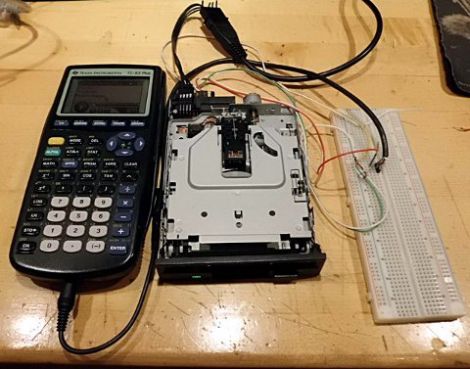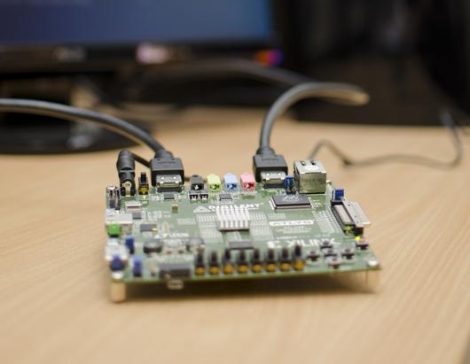
[fjordcarver] was looking for some mercury-free tilt switches that wouldn’t break the bank and that were easy to build. He also wanted something cheap, so instead of buying some tilt switches he devised his own that fit all of the criteria he set out. Now, these switches are not your typical fare, and they’re not small either. They are however, cheap, effective, and easy to manipulate/repair.
He picked up a package of metallic craft beads at the store and emptied out two bottles, saving one set of beads that happened to be conductive, i.e. not coated with paint or coloring. The beads were split between two jars, which were then sealed with corks that had a pair of straightened paperclips inserted through them. The bottles were oriented facing away from one another, then attached together with a piece of house wire. One of the leads from each jar was attached to this common wire, while the others were extended with hook up wire for use in the circuit he was building. Pictures definitely explain the mechanism far better than words can, so be sure to check out his tutorial to get a better look at them.
While they might look a bit rough, he says they work great, so give them a try if you have the need.
















